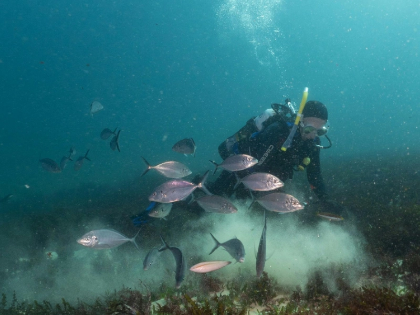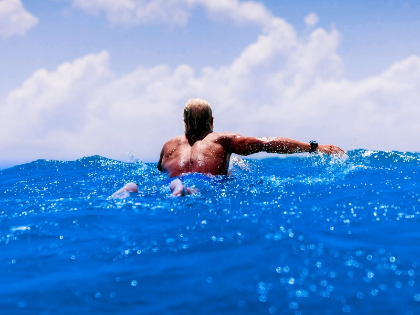Selecting Surf Sunscreen: All-Natural Skin Protection
Surfers need sunscreen to shield their skin from UV radiation, which can result in painful sunburns, early ageing, and a higher risk of skin cancer. A broad-spectrum sunscreen with water resistance that protects against UVA and UVB radiation is specifically designed for surfing. Reef-friendly solutions free of chemicals that harm coral reefs, such as octinoxate and oxybenzone. Mineral-based sunscreens provide physical protection by reflecting UV rays off the skin's surface instead of absorbing them.
Water-Resistant
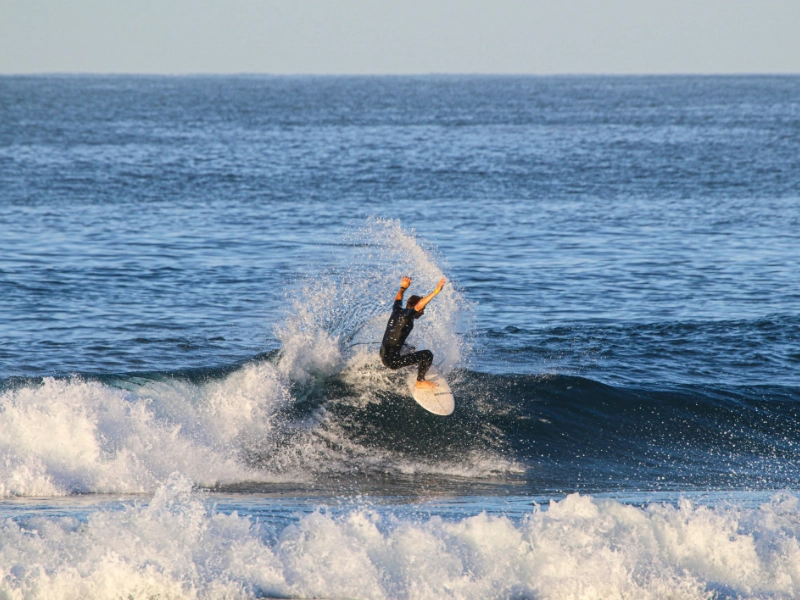
Zinc Oxide
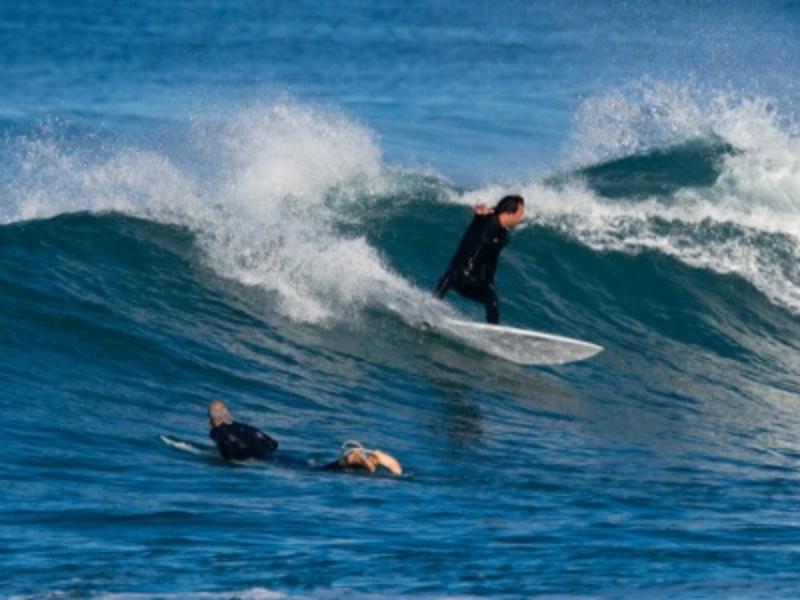 The white, powdered mineral zinc oxide is well-known for being a mild and efficient sun protection component. It is a frequent constituent in mineral sunscreens, often known as physical sunscreens, and has FDA approval. In contrast to chemical sunscreen filters, it shields the skin by reflecting and dispersing UV radiation.
Benefits of zinc oxide include mild astringent and antibacterial activity that may help people with inflammatory skin disorders or acne. Additionally, it lessens trans-epidermal water loss and strengthens the skin barrier, which prolongs the moisturising power of the skin.
Additionally, it is a crucial trace mineral that has been utilised for generations, particularly in pushpanjan, a natural skin salve that has been known to heal since ancient Indian medicinal texts from 500 B.C. These days, it can be found in several mineral sunscreens, calamine lotions, and creams for diaper rash. In addition, foods, rubbers, ceramics, paints, pigments, lubricants, animal feed, and batteries contain it, as do dental cements and medical plasters.
The white, powdered mineral zinc oxide is well-known for being a mild and efficient sun protection component. It is a frequent constituent in mineral sunscreens, often known as physical sunscreens, and has FDA approval. In contrast to chemical sunscreen filters, it shields the skin by reflecting and dispersing UV radiation.
Benefits of zinc oxide include mild astringent and antibacterial activity that may help people with inflammatory skin disorders or acne. Additionally, it lessens trans-epidermal water loss and strengthens the skin barrier, which prolongs the moisturising power of the skin.
Additionally, it is a crucial trace mineral that has been utilised for generations, particularly in pushpanjan, a natural skin salve that has been known to heal since ancient Indian medicinal texts from 500 B.C. These days, it can be found in several mineral sunscreens, calamine lotions, and creams for diaper rash. In addition, foods, rubbers, ceramics, paints, pigments, lubricants, animal feed, and batteries contain it, as do dental cements and medical plasters.
Not a Nano
 Mineral sunscreens reflect the sun's harmful rays while sitting on top of the skin, in contrast to chemical UV filters that are absorbed into the skin. For this reason, we enjoy selecting mineral-based sunscreens with non-nano zinc oxide for our family members as well as ourselves.
The term "non-nano" describes how big the zinc oxide particles are in sunscreens. Due to their extreme small size and ease of ingestion or inhalation, nanoparticles have the potential to reach the bloodstream through the lungs.
However, non-nanosized particles are much bigger, which enables them to remain on the skin's surface and shield it from UVA and UVB light. Because of this, they can protect skin more effectively and safely while lowering the chance of premature ageing. Also, non-nano-based mineral products are biodegradable and won't accumulate in marine life, in contrast to some sunscreens that contain micronized (nano) titanium and zinc. Selecting sunscreens containing this component is an excellent method to put the health of the ocean and your skin first.
Mineral sunscreens reflect the sun's harmful rays while sitting on top of the skin, in contrast to chemical UV filters that are absorbed into the skin. For this reason, we enjoy selecting mineral-based sunscreens with non-nano zinc oxide for our family members as well as ourselves.
The term "non-nano" describes how big the zinc oxide particles are in sunscreens. Due to their extreme small size and ease of ingestion or inhalation, nanoparticles have the potential to reach the bloodstream through the lungs.
However, non-nanosized particles are much bigger, which enables them to remain on the skin's surface and shield it from UVA and UVB light. Because of this, they can protect skin more effectively and safely while lowering the chance of premature ageing. Also, non-nano-based mineral products are biodegradable and won't accumulate in marine life, in contrast to some sunscreens that contain micronized (nano) titanium and zinc. Selecting sunscreens containing this component is an excellent method to put the health of the ocean and your skin first.
Safe Reef
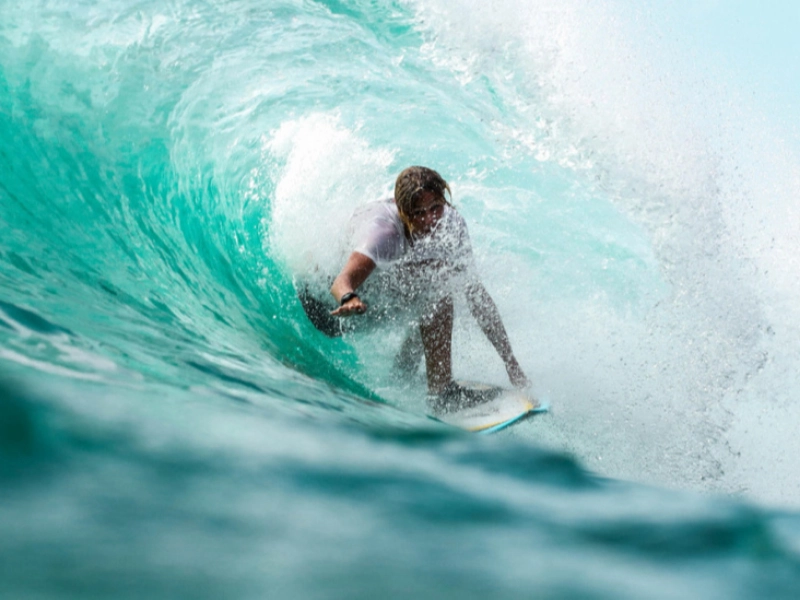 Sunscreens without the UV-blocking ingredients oxybenzone or octinoxate—which have been demonstrated to harm coral—are referred to as reef-safe sunscreens. The damage caused by oxybenzone to coral DNA results in malformations and coral bleaching, which ultimately kill the coral and deprive marine life habitats of food and shelter.
It's crucial to start by reading the ingredients list of any reef-safe sunscreen you buy. You should also go for a lotion that rubs on the skin as opposed to spraying on. This will extend its wear time and lessen the quantity of sunscreen that runs off into the sea.
Wearing hats, sunglasses, and covering up with clothing are some natural ways to protect your skin in addition to using sunscreen that is safe for the reef. Although wearing a hat helps shield you from the sun, it is not always feasible or comfortable when snorkelling or swimming. For this reason, having reef-safe sunscreen on hand is an excellent thing.
Sunscreens without the UV-blocking ingredients oxybenzone or octinoxate—which have been demonstrated to harm coral—are referred to as reef-safe sunscreens. The damage caused by oxybenzone to coral DNA results in malformations and coral bleaching, which ultimately kill the coral and deprive marine life habitats of food and shelter.
It's crucial to start by reading the ingredients list of any reef-safe sunscreen you buy. You should also go for a lotion that rubs on the skin as opposed to spraying on. This will extend its wear time and lessen the quantity of sunscreen that runs off into the sea.
Wearing hats, sunglasses, and covering up with clothing are some natural ways to protect your skin in addition to using sunscreen that is safe for the reef. Although wearing a hat helps shield you from the sun, it is not always feasible or comfortable when snorkelling or swimming. For this reason, having reef-safe sunscreen on hand is an excellent thing.


